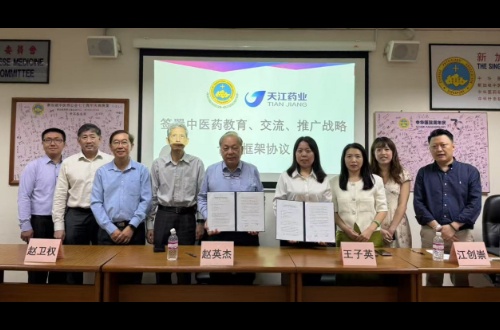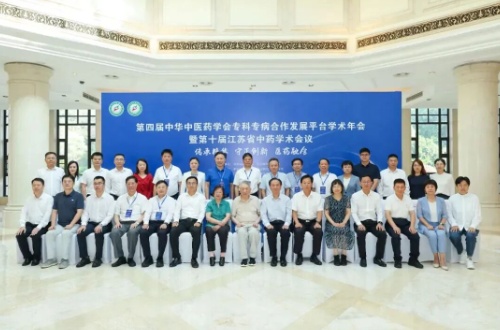Infrared-distance-meter error generation and correction
 2020-10-13
2020-10-13
1. The type of rangefinder error
Infrared-distance-meter has the advantages of high degree of automation, fast ranging speed and high precision. However, if the instrument is used improperly or poorly maintained, the instrument performance may change early, resulting in a decrease in accuracy. The aging of electronic components is also an important reason for the decrease of instrument accuracy and the change of instrument additive constant. In order to grasp the performance indicators of each instrument, use the instrument rationally, and measure high-quality data, the instrument must be fully tested on a regular basis.
There are many kinds of ranging errors, including aiming error, amplitude and phase error, centering error, period error, error caused by signal-to-noise ratio and so on. There are accidental errors and systematic errors. Although the aiming errors are accidental, they also have certain regularity. A good measurement worker should master the performance of the instrument he owns in order to use the instrument for observation within the minimum error area of the instrument.

2. The aiming error of the rangefinder
Aiming error refers to the inconsistent range measurement results when measuring the different positions of the beam emitted by the rangefinder, that is, the error of the non-uniform spatial phase of the luminous tube or modulator, mainly due to gallium arsenide (GaAs ) It is caused by the uneven phase of the light beam emitted by the LED. The light beam emitted by gallium arsenide, ideally, is on a curved surface equidistant from the luminous tube within the beam range, and the phase is the same. Similarly, the distance measured by the arbitrary position of the beam is the same, but in fact it is not the case. The phase of each point on the curved surface at the same distance from the luminous tube is not the same, and the phase with the same phase is an irregular curved surface, resulting in When using different positions of the beam to measure the distance, the results obtained are different, and the difference between the two is the aiming error caused by the uneven phase.
3. Calibration of rangefinder
It can be seen from the isophase curve and isointensity curve that the aiming error is more evenly distributed, but in order to better improve the observation accuracy, when aiming the prism, aim at the part with the smallest error—the best area. In order to reduce the aiming error, on the one hand, it is necessary to improve the manufacturing process of the modulator or the luminous tube and improve the uniformity of its spatial phase. However, this method has a great influence on the measurement of the instrument, and it cannot eliminate the influence of phase unevenness. Considering that the deflection of the aiming relief is caused by the aiming error of the telescope and the non-parallelism of the transmitting and receiving optical axis and the telescope's collimation axis, the former is accidental and the latter is systematic. Therefore, when using the instrument, the parallelism of the three axes should be checked and corrected frequently to find the best observation area to improve the observation accuracy.






